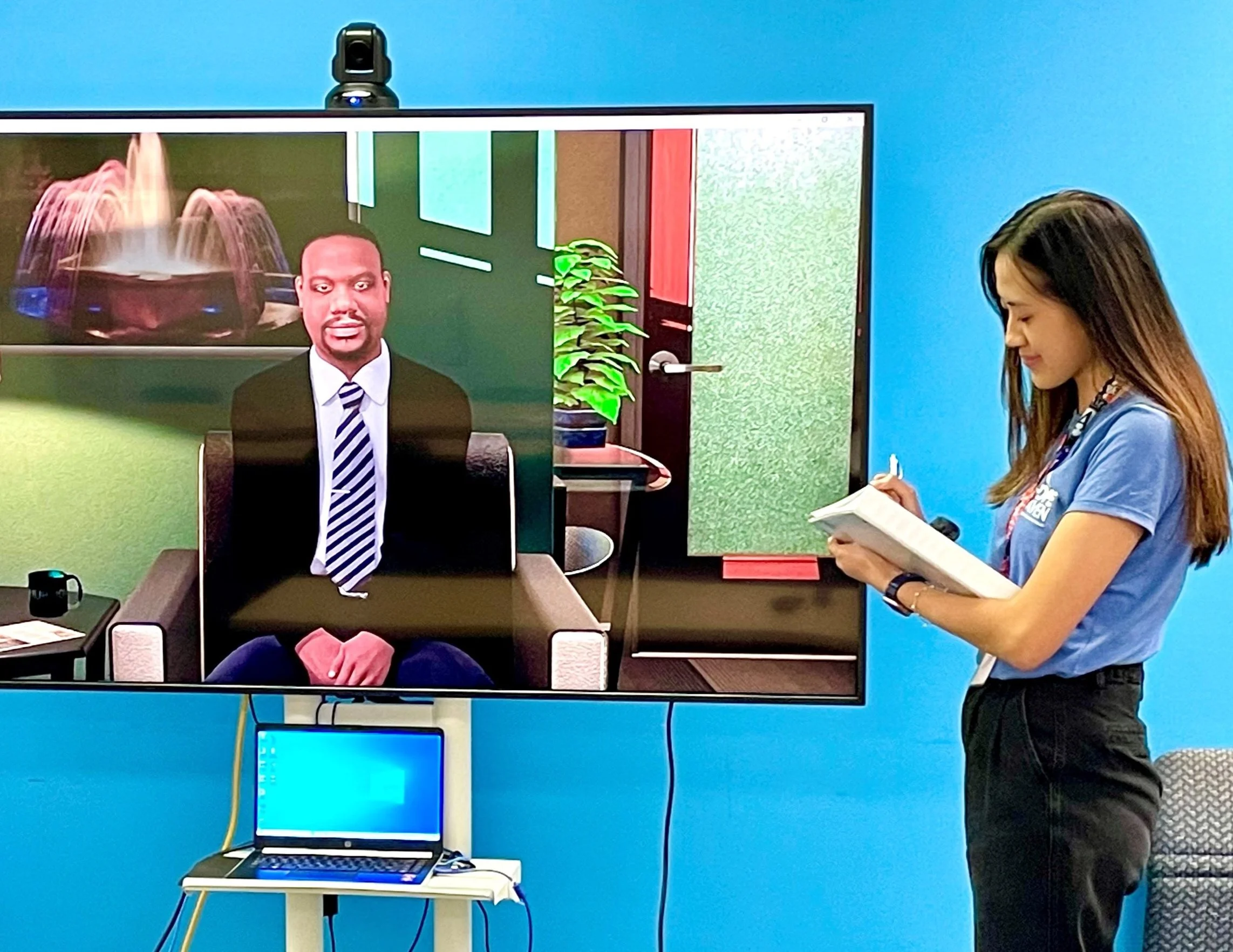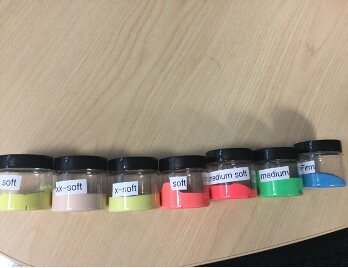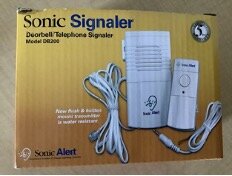April is Autism Awareness Month, a time to celebrate the unique abilities and strengths of individuals on the autism spectrum. Neurodiversity refers to the variations in neurocognitive functioning across individuals. Neurodiversity is essential for a fully functioning society. Individuals on the autism spectrum make a highly valuable contribution to this diversity. Unfortunately, many people with autism face barriers to acceptance and understanding in their communities. It’s important for us all to recognize the value of neurodiversity and to support and accept individuals on the autism spectrum.
Autism is a neurodevelopmental disorder that affects social communication and behavior. Based on the most recent CDC report released this month around 1 in 36 children in the United States have been identified with autism spectrum disorder (ASD; Source: https://www.cdc.gov/media/releases/2023/p0323-autism.html). While autism can present challenges, individuals with autism also have unique talents and strengths that can enrich our communities. Many people on the autism spectrum have exceptional memory, attention to detail, ability to reliably complete complex and repetitive tasks, and problem-solving skills. They may also have a great deal of curiosity about a particular subject, develop highly detailed knowledge of that subject, which can lead to great achievements and innovations. One such example is the “hug box” Dr. Temple Grandin developed.
Dr. Grandin is a well-known advocate for individuals on the autism spectrum and writes about her own experiences with this diagnosis in her book, “Thinking in Pictures,” first published in 1995. She is also an animal behavior expert who developed the “hug box” or “squeeze machine” that provides deep pressure stimulation to livestock to alleviate anxiety during their handling and transport. No doubt she derived inspiration for this device in part based on her own understanding of discomfort during transitions and the experience of sensory overwhelm. Deep pressure is a known method to soothe many individuals with autism spectrum disorder.
Despite the strengths of individuals on the autism spectrum, they often face discrimination and social exclusion. Many people with autism struggle to communicate and interact with others in ways that are expected in social situations. They may also experience sensory sensitivities that can make certain environments or experiences overwhelming. As a result, they may struggle to make friends, find it difficult to attain or maintain employment, and may face bullying or harassment.
As members of our communities, we can recognize and value the diversity of how each individual thinks and processes the world. This means conveying acceptance in our day to day lives, whether at work, at the grocery store, or when interacting with others in the neighborhood. Here are some ways we can support and accept individuals on the autism spectrum:
1. Educate ourselves: Learn about autism and the experiences of individuals on the autism spectrum. This can help us better understand their challenges and strengths.
2. Listen and communicate: Individuals with autism may struggle with verbal communication or understanding social cues. It’s important to be patient, listen carefully, clarify when necessary, and communicate clearly.
3. Create and celebrate inclusive environments: Provide or be aware of accommodations and modifications that allow individuals with autism to participate fully in our communities. This can include sensory-friendly spaces, visual aids, or modified communication methods.
4. Celebrate differences: Recognize that individuals with autism have unique talents and perspectives. Celebrate their strengths and contributions to our communities.
5. Advocate for inclusion and acceptance: Speak up for the rights and inclusion of individuals with autism in our communities. Challenge discrimination and promote understanding and acceptance.
6. Develop a curious and nonjudgmental stance. Have you ever noticed a child crying uncontrollably at the grocery store, restaurant or neighborhood park? Remain patient and curious. Smile at a struggling parent and make brief eye contact in a way that conveys, “We are together in this, and I accept you.”
Autism Awareness Month is a time to celebrate the value of neurodiversity and promote acceptance and inclusion for individuals on the autism spectrum. By recognizing and celebrating the unique talents and strengths of individuals with autism, and creating inclusive environments that allow them to thrive, we can build more diverse and vibrant communities for us all to enjoy.
For more information please visit:
Centers for Disease Control and Prevention. (2021). Autism spectrum disorder (ASD). https://www.cdc.gov/ncbddd/autism/facts.html
National Institute of Mental Health. (2019). Autism spectrum disorder. https://www.nimh.nih.gov/health/topics/autism-spectrum-disorders-asd/index.shtml
































